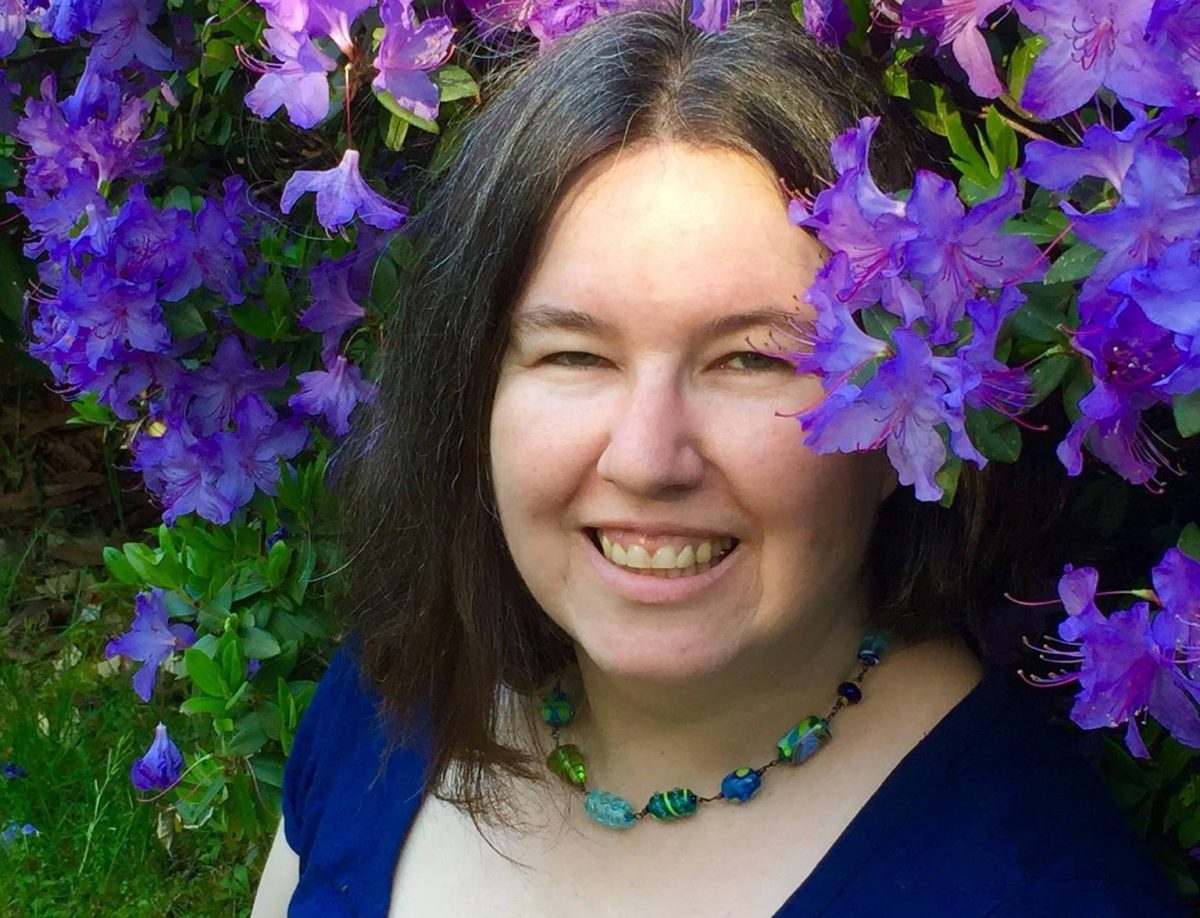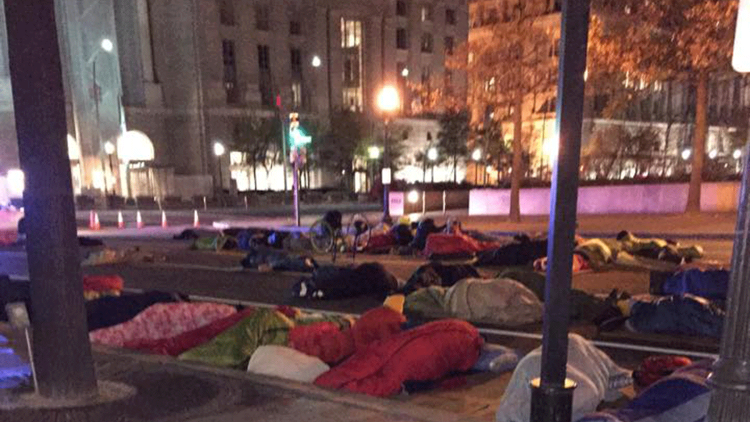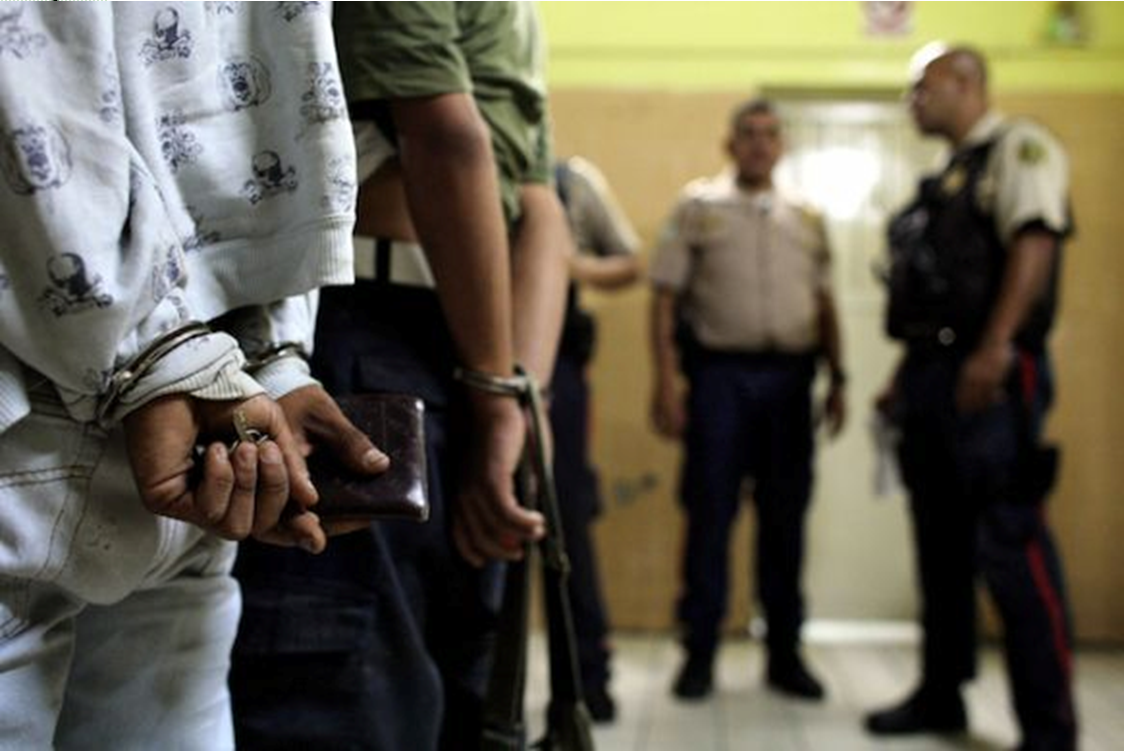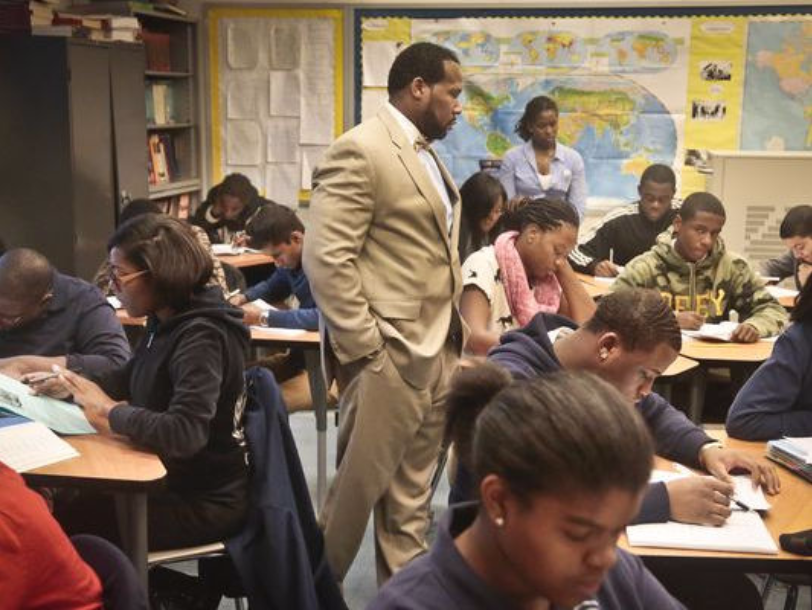"There was a complicated set of circumstances that caused us to live in a tent, but laziness wasn’t one of them. I have worked since I was 10 years old. There wasn’t a single member of my family that wouldn’t have moved heaven and earth to get out of our situation." Barbara Abelhauser shares what it was like to spend much of her childhood living in a tent with her family.
Poverty
Two Worlds Collide: Inequality in America
Seattle University student Lindsey Habenicht recently interned as a reporter with the Street Sense street newspaper in Washington, D.C. Because the internship was unpaid and housing costs were outrageously high (even for a shared bedroom), Lindsey also worked at Nordstrom in an affluent part of Virginia. She found it "eye-opening, jarring, and heart-wrenching" to go back and forth between settings of poverty and abundance, and also to watch her department store co-workers display a lack of empathy for a woman who was experiencing homelessness and spent time in the store. Lindsey reflects on her experience, takes a look at the national War on Poverty, and shares how we can all take action to address an economy that is out of balance.
Facing Rent Hikes for Unsafe Apartments, Tenants Fight for Their Rights
In August, we connected with Sahro Farah, a single mother whose rent was set to double even as deplorable living conditions threatened her children's health. Amazing things happened after we shared her story.
Poverty, Race and America’s Education System, Part 2: Segregated Schools
In the first part of her "Separate and Unequal" blog series, Perry Firth examined some troubling outcomes of the re-segregation of our nation’s schools, including the disproportionality of discipline that results in suspensions, expulsions and dropping out. These contribute to the systemic problem known as the “school-to-prison pipeline” and lack of success for many students of color. In Part Two, she writes about the impact of all this and what we can do about it.
Poverty, Race and America’s Education System, Part 1: School Discipline and Students of Color
Children across the state have said goodbye to summer and headed back to school. Research shows that some of these students, through no fault of their own, will receive unequal treatment in the classroom. School psychology grad student Perry Firth explains what that unequal treatment looks like and why it happens in this first part of her two-part series, "Separate and Unequal: Poverty, Race and America’s Education System."



